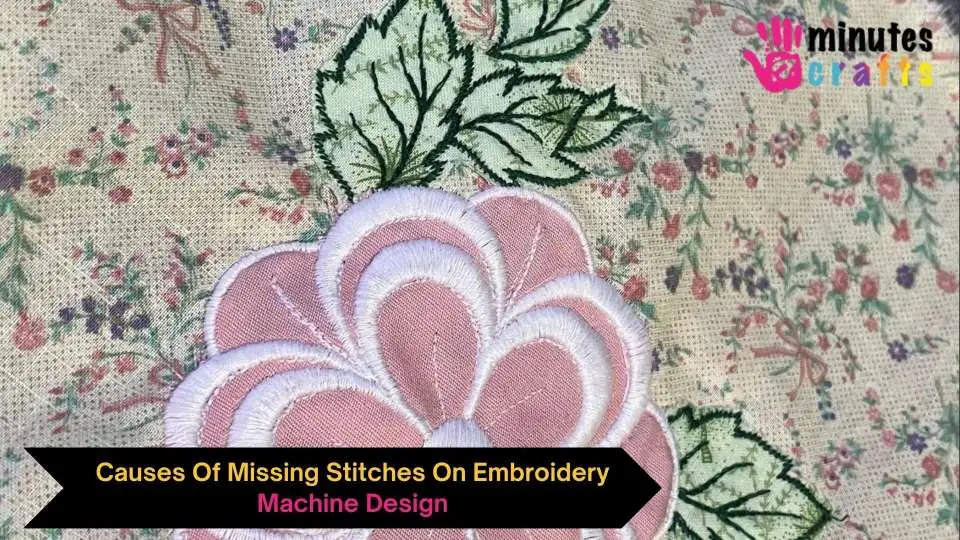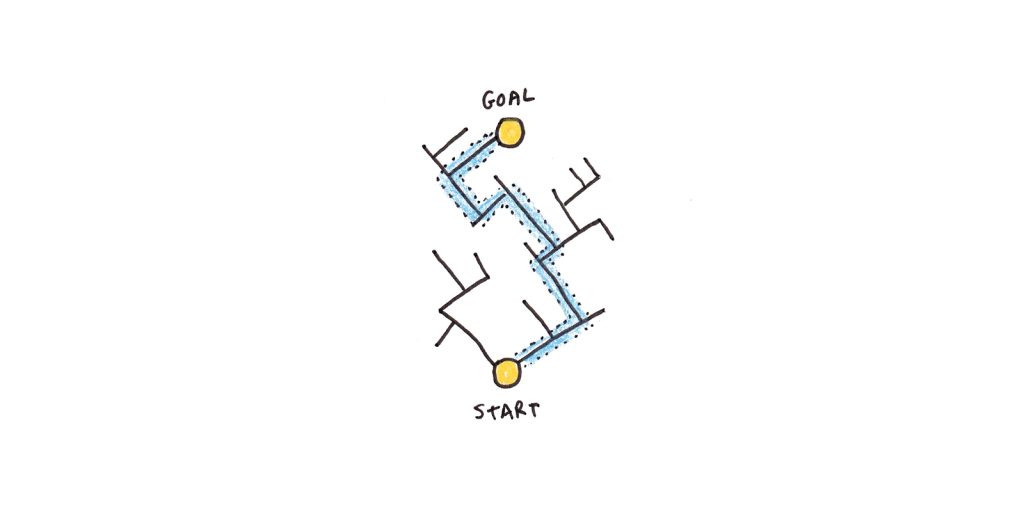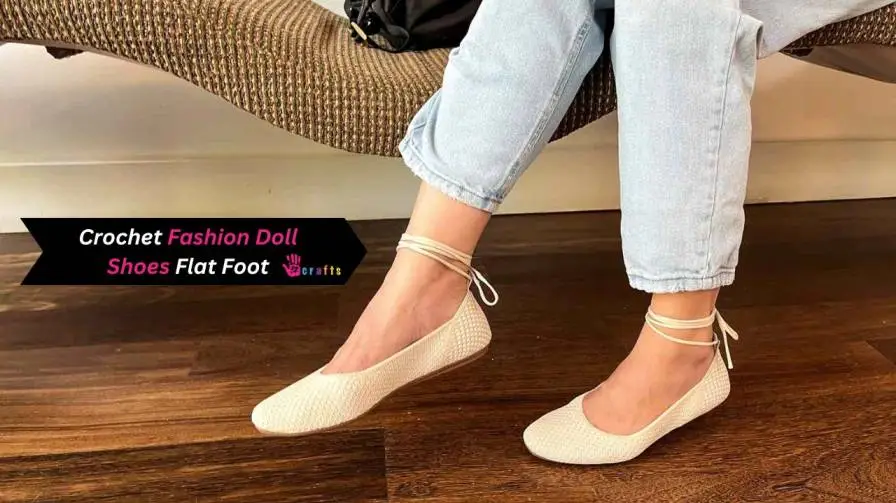Causes of Missing Stitches on Embroidery Machine Design can stem from many features, including incorrect thread tension, dull needles, lowly fabric balance, or machine speed settings. Thread breakage, bobbin issues, or misaligned digitized designs can also contribute to gaps in stitching. Regular machine embroidery fill stitches, proper hooping, and high-quality tools help ensure smooth, flawless embroidery marks.
Read Also: Timeless Elegance: The Style Secrets of Fashionable Older Italian Men
Fixing Gaps in Your Embroidery: How to Prevent Missing Stitches?
Needle problems in embroidery machines refer to gaps or incomplete sections within an embroidered design where the machine fails to execute the intended stitches. These gaps can detract from the overall appearance of the design and may result in a less polished final product. Several factors can contribute to missing stitches, reasons for skipped stitches in embroidery:
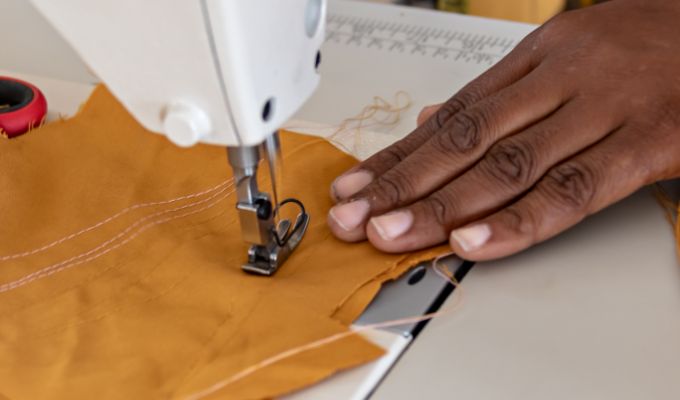
Read Also: How To Thread An Old Fashioned Singer Sewing Machine
5 Solutions for Missing Stitches in Embroidery Designs
1. Improper Thread Tension
- Thread tension is like the Chain Stitch Embroidery. It should be just right; it shouldn't be too tight or too free. Incorrect tension can lead your stitches to misbehave and travel skipping off into the machine settings for accurate stitching.
- It's all about discovering that sweet spot when the top and lower threads entwine exactly to produce beautiful stitches in machine embroidery with pictures.
- Effects of Incorrect Thread Tension
- Your stitches will seem puckered and distorted, almost as if they are gasping for oxygen, when the thread tension is excessively tight.
- Conversely, if the tension is too low, you will get sloppish, careless stitches with their own will. Since neither of these situations is what you want, it is vital to become proficient in stitches in machine embroidery for beginners.
2. Dull or inaccurate needle
- Ah, the little tool with great force—the modest needle. Using the wrong needle may cause all kinds of needle-related nightmares, including thread compatibility with embroidery machines.
- Various fabrics, thread kinds, and design complexity call for various kinds and sizes of needles. Your stitches will appreciate you so be sure you are using the correct needle for your particular stitching requirements.
Must Read: From Classic to Modern: The Best Centerpieces for Wedding Receptions
3. Inaccurate Stabilization or Hoop
- Skipping stitches in embroidery can result from improper hooping or stability. This issue results from improper securing of the fabric in the embroidery hoop, which moves or shifts throughout the causes of missing stitches on embroidery machine design.
- The needle might not line up exactly with the planned stitch point as the fabric moves. The needle may thus either completely miss the fabric or just catch it only partially, causing skipped stitches. This misalignment could affect the quality of the embroidery design and disturbs the seamless flow of the sewing process and types of stitches in machine embroidery.
- Particularly with more delicate or elastic materials, the fabric may bunch up or strain beneath the needle without appropriate stability. This instability can provide unequal strain in the threads, which might help to explain skipped stitches.
You May Also Like: Discover the Mouda Pro 2024 07 The 9 Summer 2024
4. Maintenance Problems for Machines
- Dirt and lint may appear benign, but they can mess with your stitches. Let us investigate machine embroidery stitches names with pictures:
- Thread may catch and skip stitches from build-up in the bobbin area.
- Lint in the needle area might impede the thread's smooth flow, therefore producing unequal stitches.
- Another often occurring cause of skipped stitches is bobbins or twisted threads. Should the thread become caught or twisted during simple stitches in machine embroidery, the stitching pattern may be thrown off.
5. Design or Digitizing Challenges
- Although missing stitches are usually the result of machine-related problems, occasionally the design or digitizing procedure is the cause.
- Examine the design you are employing for any possible problems creating embroidery machine thread tension problems. Search for minute details, small text, or dense stitching your machine could find difficult handling.
- Often the solutions to difficult designs or stitch parameter adjustments are simplicity.
Fixes for missing stitches
Should you find skipped stitches in your embroidered project, don't panic! One can try several troubleshooting methods to resolve the problem.
Final Notes
Methodically reviewing these possible causes such as threading problems, needle issues, and common embroidery machine issues should enable you to find the cause of your causes of missing stitches on embroidery machine design, therefore enabling you to return to create exquisite embroidered products!
Read Also: How to Master Semi-Casual Attire for Every Occasion?
FAQs: Common Embroidery Machine Issues
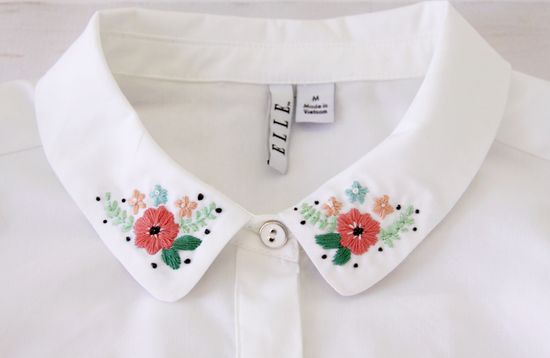
Why Is My Embroidery Machine Skipping Stitches?
The most common cause of missing stitches is an outdated or worn-out needle. Every stitches puts friction on the needle's particular, and when the motion goes on, the needle becomes worn down. The needle loses its sharpness and performance with time.
Why is my embroidery design missing stitches?
Skipped stitches will follow from a too high or too low needle bar. Should you not have changed it manually, it may occur on its own if it was loosened over time or if the needle strikes the needle plate or something too hard to pass through.
What is the most common cause of skipped stitches?
Your machine could be skipping stitches as the needle-hook clearance is wrong. Neither of those, nevertheless, are the most frequent cause of skipped stitches. Usually, a machine will miss stitches only due to a bent needle.
How do you fix missing stitches?
Verify whether the upper thread flows from the spool of thread to the needle accurately. Re-thread the machine in line with support movies or the instruction manual. The machine runs with a wrong needle. The needle could be either very long or very short.
Why is my embroidery machine missing stitches?
Which are some typical reasons why machine embroidery stitches go missing? Tension problems, thread breakage, bobbin thread and missing stitches, hooping errors, and machine failures are common embroidery machine issues.
Why is my machine not stitching properly?
The needle is either not fully put into the needle bar or is too lengthy for the machine. The take-up spring is broken or bent; have it replaced by a professional. In order for thread to function in a groove, tension discs are worn. The embroidery thread and cloth sizes are too small for the fabric issues affecting embroidery designs.

